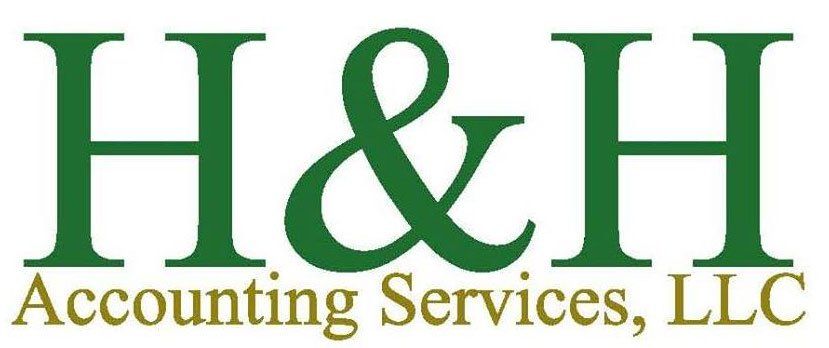Understanding the Three Areas of Cash Flow

Operating Cash Flow
Income and expenditures from any activities relating to the operation of your business would fall in the operating cash flow category.
This is maybe the most obvious form of cash flow for any business. When you perform a service or sell a product the amount you’re paid is recorded as a credit for cash flow. On the other side of the ledger, paying workers or purchasing inventory would be recorded as a debit.
Some examples of operations that might contribute to operating cashflow include things like:
- Receipts for selling goods or performing services
- Income tax or interest payments
- Purchases of supplies or services from other businesses
- Property rent payments
- The wages and salaries paid to employees
Investing Cash Flow
Investing in the cash flow sense isn’t the same as investing like you may do with your personal finances. Investing debits and credits aren’t related to stocks or bonds purchased by a company but rather investments in long-term assets on the Fixed Assets section of a balance sheet.
Buying another truck to expand your business’s fleet might be debited in investing cash flow. Purchasing a new building for your business or acquiring a new piece of equipment for your business are also examples of expenditures that might be recorded in investing cash flow.
Sales of those assets – like selling an old truck in your fleet or selling your old building after moving to a new location – would be reflected as a credit to investing cash flow.
Financing Cash Flow
If your business takes out a business loan or sells stock, those cash inflows would be reflected in the financing cash flow. A business that pays out dividends to investors would also record those cash payments as debits in the financing cash flow section of the Statement of Cashflow.
Is Negative Cash Flow Always a Bad Thing?
This really depends on a company’s business model and the industry in which they operate. A frequently cited example is Amazon. On paper the company had a loss of operating cash flow of $38.5 billion but a loss of $24.3 billion in investing cash flow and a loss of $10.1 billion in financing cash flow in 2019.
While that’s not negative cashflow, Amazon has had many years in the red and certainly doesn’t run positive in investing or financing most years. But there are a lot of positive figures on the income statement and balance sheet:
- 38.5 percent total asset growth
- 20.5 percent sales growth
- 15 percent growth in net income
All of those things combined provided confidence for investors and lenders that Amazon would remain a strong going concern for the foreseeable future and was positioning itself for increased operating cash flow in upcoming years.
Not Every Business Is Amazon
If you’re an investor or business, there are often good reasons to be concerned by negative cashflow. While there are a lot of scenarios where investments may temporarily make a company’s cashflow look deceptively negative, there are also cases where negatives in operating cash flow may be indicative of a struggling business. Relying too much on financing cash flow may also indicate a business that’s struggling to remain in the black.
A cash flow statement is a useful analytical tool to determine how well a company is managing its cash inflows and outflows, especially when combined with the balance sheet and income statement. Looking at annual cash flow statements over several years can tell a story of a business’s growth and health.
Even Small Businesses Can Benefit from an Accurate Cash Flow Statement
Small business owners sometimes overlook the value of cash flow statements or other analytical tools compiled by business consultants and certified public accountants (CPAs). It’s not always easy to spot long-term trends when you’re focused on the day-to-day operations of a business and aren’t regularly looking at your business’s finances from a bird’s eye view.
Cash flow statements can help you zoom out and holistically examine your business’s finances. It can help you spot trends, find missed opportunities for increased savings or identify warning signs of upcoming shortfalls.
H&H Accounting Services in Phoenix offers an array of business accounting and consulting services for local businesses across the Valley. We would be happy to sit down with you for a free one-hour consultation and explain the benefits of increased transparency for your business’s financial health.
Call us at (480) 561-5805 to schedule – we’ll even come to you.



